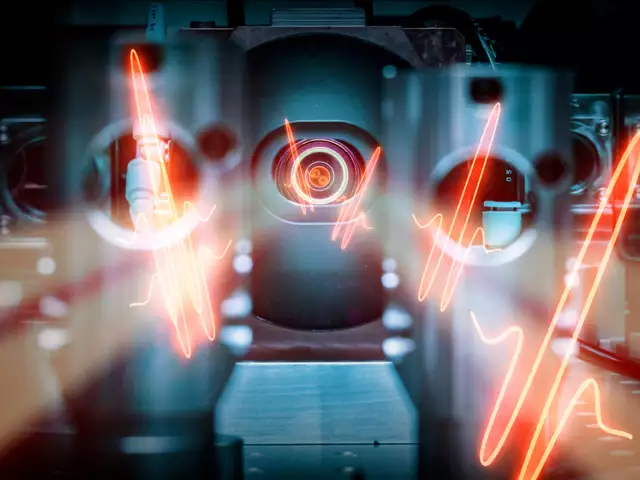THE MOST POTENT DUAL-COMB SPECTROMETER FOR BIOMEDICAL DIAGNOSTICS AND ATMOSPHERIC SCIENCE IN THE WORLD
The most potent dual-comb spectrometer yet created by scientists from Hamburg and Munich opens the door for several applications in atmospheric science and biomedical diagnostics, including the early detection of cancer.
The system's central component is a thin-disk, a special kind of laser-gain media, and a laser resonator, a distinctive arrangement of the mirrors around this medium (shown in the illustration).
According to the researchers in the field of quantum optics - the simplicity of the dual comb laser source is its major feature.
The two laser outputs originate from the same laser resonator, leading to an exceptional inherent mutual stability - the researchers write.
"Instead of requiring two separate lasers, actively stabilising and locking them to each other."
The power output of the dual-output laser is an order of magnitude greater than before.
This opens the door for numerous uses in atmospheric science and biomedical diagnostics,
including the early identification of cancer.
This innovative spectrometer makes it possible to do fundamental scientific applications such as precise measurements of
the atomic lines in unexplored spectrum areas and nuclear clocks, the most accurate clocks in our cosmos.

Extremely quick electric field oscillations of light (1015 oscillations per second) are converted by the dual-comb spectrometer into radiofrequency range (106 oscillations per second), where the signal can be recognised in real-time by contemporary electronics. Two trains of laser pulses with somewhat varied spacing are used to carry out the process. It offers quick acquisition times in the millisecond time range with good sensitivity and resolution. Megawatt level peak powers open the door for frequency conversion-based high-resolution spectroscopy in the deep ultraviolet frequency range, a spectral region that is currently underrepresented in spectrometers. The tiny size makes it easier to use in practical situations than more intricate, actively stabilised laser systems, like air sensing and highly accurate distance measurements.
